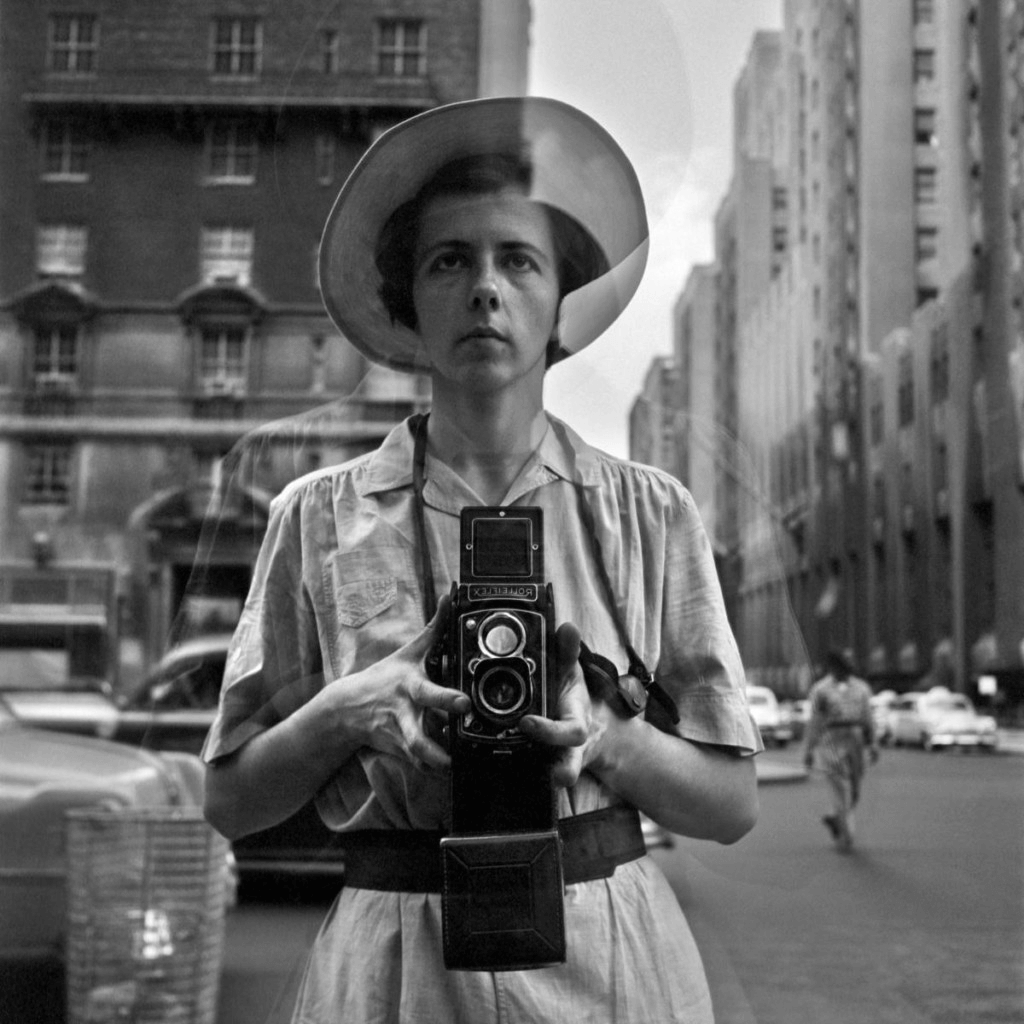Some Of Framing Streets
Some Of Framing Streets
Blog Article
The Single Strategy To Use For Framing Streets
Table of ContentsThe 6-Minute Rule for Framing StreetsThe Basic Principles Of Framing Streets The 9-Minute Rule for Framing StreetsFraming Streets Fundamentals ExplainedWhat Does Framing Streets Do?All about Framing Streets
Digital photography style "Crufts Pet dog Show 1968" by Tony Ray-Jones Road digital photography (also sometimes called honest photography) is digital photography conducted for art or questions that features unmediated opportunity encounters and arbitrary occurrences within public places, generally with the objective of capturing pictures at a crucial or poignant minute by mindful framing and timing. 
See This Report about Framing Streets
Susan Sontag, 1977 Road photography can concentrate on individuals and their actions in public. In this regard, the road photographer is similar to social docudrama professional photographers or photojournalists that additionally work in public areas, but with the objective of recording relevant occasions. Any of these digital photographers' photos might capture people and property visible within or from public locations, which usually involves browsing honest issues and laws of privacy, protection, and property.
Depictions of everyday public life create a style in nearly every period of globe art, beginning in the pre-historic, Sumerian, Egyptian and very early Buddhist art durations. Art managing the life of the street, whether within sights of cityscapes, or as the dominant concept, appears in the West in the canon of the North Renaissance, Baroque, Rococo, of Romanticism, Realism, Impressionism and Post-Impressionism.
The smart Trick of Framing Streets That Nobody is Discussing
Louis Daguerre: "Blvd du Temple" (1838 or 1839) In 1838 or 1839 the initial picture of numbers in the street was recorded by Louis-Jacques-Mand Daguerre in among a pair of daguerreotype views drawn from his workshop window of the Boulevard du Holy place in Paris. The second, made at the height of the day, reveals an unpopulated stretch of road, while the various other was taken at concerning 8:00 am, and as Beaumont Newhall records, "The Blvd, so regularly full of a moving crowd of pedestrians and carriages was completely singular, other than an individual that was having his boots cleaned.
, who was influenced to carry out a similar documents of New York City. As the city created, Atget assisted to promote Parisian roads as a deserving subject for digital photography.

The Buzz on Framing Streets
Martin is the first taped professional photographer to do so in London with a masked video camera. Mass-Observation was a social research study organisation started in 1937 which intended to videotape daily life in Britain and to videotape the reactions of the 'man-in-the-street' to King Edward VIII's abdication in 1936 to marry separation Wallis Simpson, and the sequence of George VI. Andre Kertesz.'s extensively appreciated Images la Sauvette (1952) (the English-language version was entitled The Definitive Moment) promoted the concept of taking a photo at what he described the "definitive minute"; "when type and material, vision and composition merged right into a transcendent whole" - photography presets.
The Greatest Guide To Framing Streets
, then an instructor of young youngsters, connected with Evans in 193839.'s 1958 publication,, was considerable; raw and often out of focus, Frank's images questioned mainstream digital photography of the time, "tested all the official guidelines internet laid down by Henri Cartier-Bresson and Pedestrian Evans" and "flew in the face of the wholesome pictorialism and wholehearted photojournalism of American magazines like LIFE and Time".
Report this page